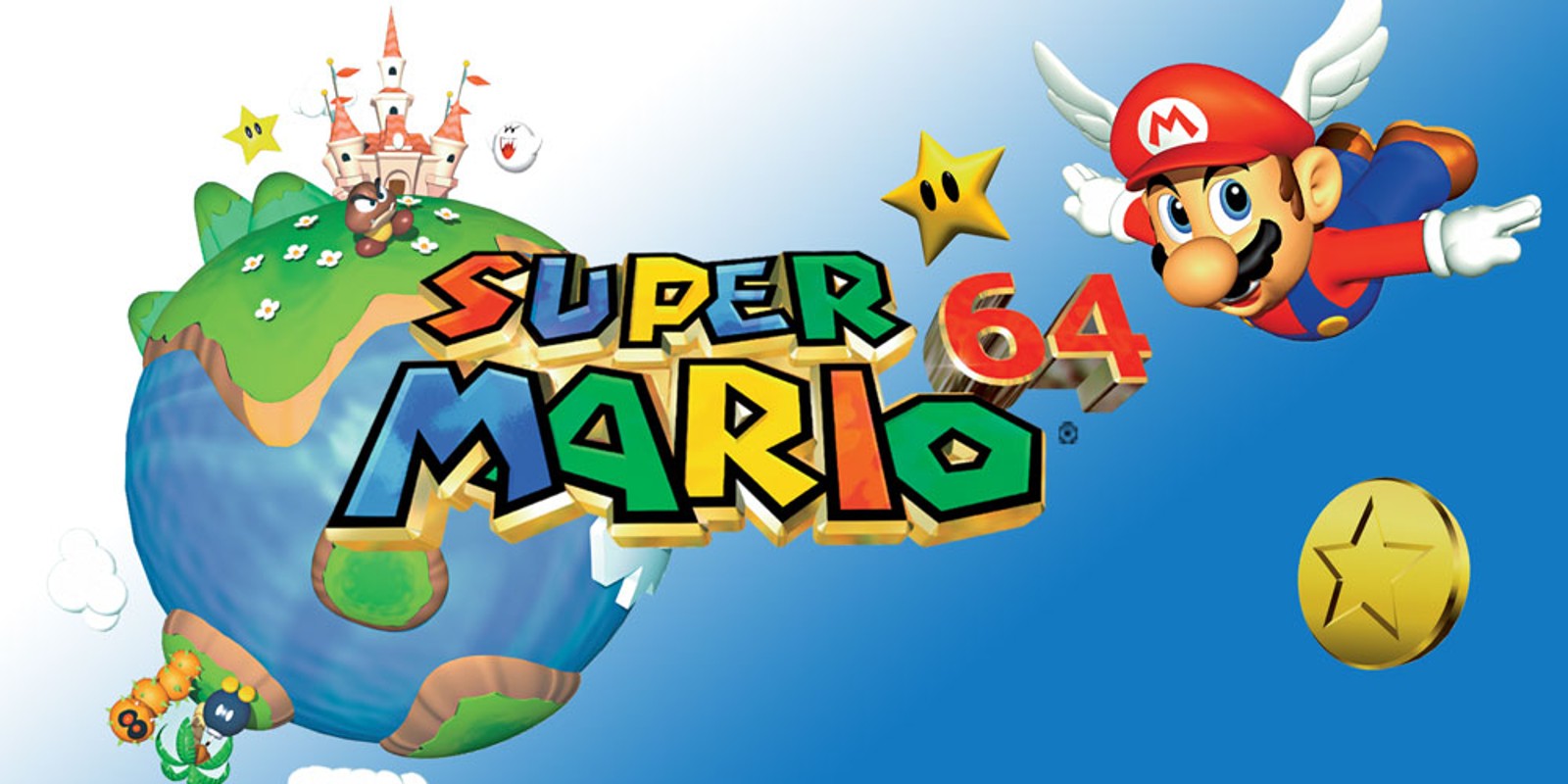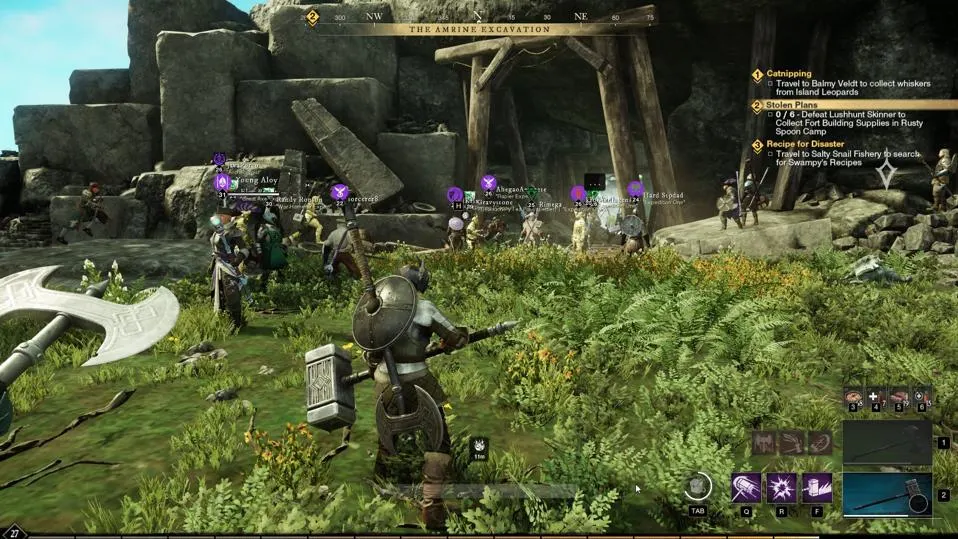Introduction: A Revolutionary Leap in Gaming
In the pantheon of video game history, Super Mario 64 stands as a monumental achievement, often hailed as one of the greatest video games of all time. Released in 1996 for the Nintendo 64, this groundbreaking title not only redefined the platforming genre but also set new standards for 3D gameplay. Its innovative design and gameplay mechanics have influenced countless games and remain a significant reference point for game developers today.
The Evolution of Mario: From 2D to 3D
The Transition from 2D to 3D Gameplay
Before the release of Super Mario 64, the Super Mario franchise was known for its 2D side-scrolling platformers. Games like Super Mario Bros. and Super Mario World set the bar for platforming mechanics and level design. However, with the advent of 3D gaming technology, Nintendo sought to push the boundaries of what was possible in video games.
Super Mario 64 marked Mario’s first foray into a 3D environment. The shift from 2D to 3D presented numerous challenges, including the need to design a game world that was both expansive and engaging. Nintendo’s approach was revolutionary, focusing on an open-world structure where players could explore a richly detailed 3D environment.
Nintendo’s Vision and Innovation
Nintendo’s vision for Super Mario 64 was not merely to transition Mario into a 3D space but to create an entirely new way of interacting with a game world. The development team, led by the legendary Shigeru Miyamoto, aimed to craft a game that would offer freedom of movement and exploration. This ambition led to the creation of an expansive castle and a variety of unique worlds, each filled with challenges and secrets.
Gameplay Mechanics: A New Standard for 3D Platformers
Exploration and Open World Design
One of the standout features of Super Mario 64 is its non-linear level design. Unlike its predecessors, which were structured in a linear fashion, Super Mario 64 allowed players to explore a central hub—the Mushroom Castle—and access different levels from there. This design choice gave players a sense of freedom and encouraged exploration.
The game’s open-world design was groundbreaking. Each level was crafted with a high degree of interactivity, allowing players to manipulate the environment and interact with various objects. This level of detail contributed to a more immersive experience and set a new standard for future 3D platformers.
Innovative Controls and Movement
Super Mario 64 introduced a new control scheme that allowed players to navigate Mario’s 3D environment with unprecedented fluidity. The game’s control mechanics included precise movements, such as running, jumping, and performing various acrobatic maneuvers. The introduction of the analog stick on the Nintendo 64 controller was crucial in this regard, providing a level of precision that was previously unattainable.
Mario’s movements, including his iconic triple jump and wall kicks, were designed to make the most of the 3D space. These mechanics were not only fun to use but also essential for solving puzzles and overcoming obstacles.
Graphics and Audio: Pioneering 3D Technology
Visuals That Set a New Benchmark
At the time of its release, Super Mario 64 boasted impressive graphics for its era. The game featured vibrant and colorful environments, with textures and models that were revolutionary for a 3D game. The use of 3D rendering techniques allowed for dynamic camera angles and a more immersive visual experience.
While the graphics may seem dated by today’s standards, they were groundbreaking in 1996. The game’s art style, characterized by its whimsical and imaginative worlds, contributed to its charm and appeal.
Music and Sound Design
The musical score of Super Mario 64 is another aspect that contributed to its enduring popularity. Composed by Koji Kondo, the soundtrack features memorable and catchy tunes that have become synonymous with the Mario franchise. Each level has its own unique theme, enhancing the atmosphere and setting the mood for different challenges.
The sound effects in Super Mario 64 also play a significant role in the game’s overall experience. From Mario’s cheerful voice clips to the satisfying sound of collecting Power Stars, the audio design complements the gameplay and contributes to the game’s charm.
Critical Reception: Praises and Reviews
Acclaim from Critics and Players
Upon its release, Super Mario 64 received widespread acclaim from critics and players alike. The game was praised for its innovative gameplay, immersive world design, and technical achievements. It is often cited as one of the best games ever made and has received numerous awards and accolades over the years.
Reviewers highlighted the game’s ability to revolutionize the platforming genre by introducing a new level of freedom and creativity. The control mechanics, open-world design, and overall execution were lauded for setting a new benchmark for 3D platformers.
Impact on the Gaming Industry
The success of Super Mario 64 had a profound impact on the gaming industry. It demonstrated the potential of 3D gaming and influenced the development of future titles across various genres. Many of the gameplay mechanics and design principles introduced in Super Mario 64 became standard in subsequent games, making it a cornerstone of modern video game design.
Super Mario 64 Game Official Trailer by Iconic Evolution of 3D Platformers Review
Frequently Asked Questions (FAQ): About Super Mario 64
Q1: What is Super Mario 64?
A: Super Mario 64 is a 3D platformer developed and published by Nintendo for the Nintendo 64 console. Released in 1996, it is the first game in the Mario series to feature a fully 3D environment.
Q2: Why is Super Mario 64 considered revolutionary?
A: Super Mario 64 is considered revolutionary due to its pioneering use of 3D gameplay mechanics, open-world design, and innovative control scheme. It set new standards for the platforming genre and influenced many subsequent games.
Q3: What are some key features of Super Mario 64?
A: Key features of Super Mario 64 include its open-world design, freedom of exploration, precise control mechanics, and vibrant graphics. The game also features a variety of unique levels, each with its own set of challenges and secrets.
Q4: Who developed Super Mario 64?
A: Super Mario 64 was developed by Nintendo, with Shigeru Miyamoto serving as the lead designer. The game was published by Nintendo for the Nintendo 64 console.
Q5: What is the main objective in Super Mario 64?
A: The main objective in Super Mario 64 is to collect Power Stars scattered throughout the game’s levels. These stars are used to unlock new areas and progress through the game.
Q6: How has Super Mario 64 influenced other games?
A: Super Mario 64 has had a significant influence on the gaming industry, particularly in the realm of 3D platformers. Its innovative gameplay mechanics, open-world design, and control scheme have been adopted and refined in numerous subsequent games.
Q7: Can I play Super Mario 64 on modern platforms?
A: Yes, Super Mario 64 has been re-released on several platforms, including the Nintendo DS, the Super Mario 3D All-Stars collection for the Nintendo Switch, and through various emulation methods.
Q8: What are some of the most memorable levels in Super Mario 64?
A: Some of the most memorable levels in Super Mario 64 include Bob-omb Battlefield, Jolly Roger Bay, and Dire, Dire Docks. Each level offers unique challenges and memorable experiences.
Conclusion: The Lasting Legacy of Super Mario 64
Super Mario 64 remains a landmark title in the history of video games. Its innovative approach to 3D gameplay, coupled with its engaging level design and memorable soundtrack, has cemented its place as a classic. The game’s influence continues to be felt in the gaming industry, and its legacy endures as a testament to the creativity and vision of its developers.
As players continue to revisit Super Mario 64, it serves as a reminder of the groundbreaking achievements that can arise from pushing the boundaries of game design. Whether you’re a long-time fan or new to the game, Super Mario 64 offers a timeless adventure that continues to captivate and inspire.



